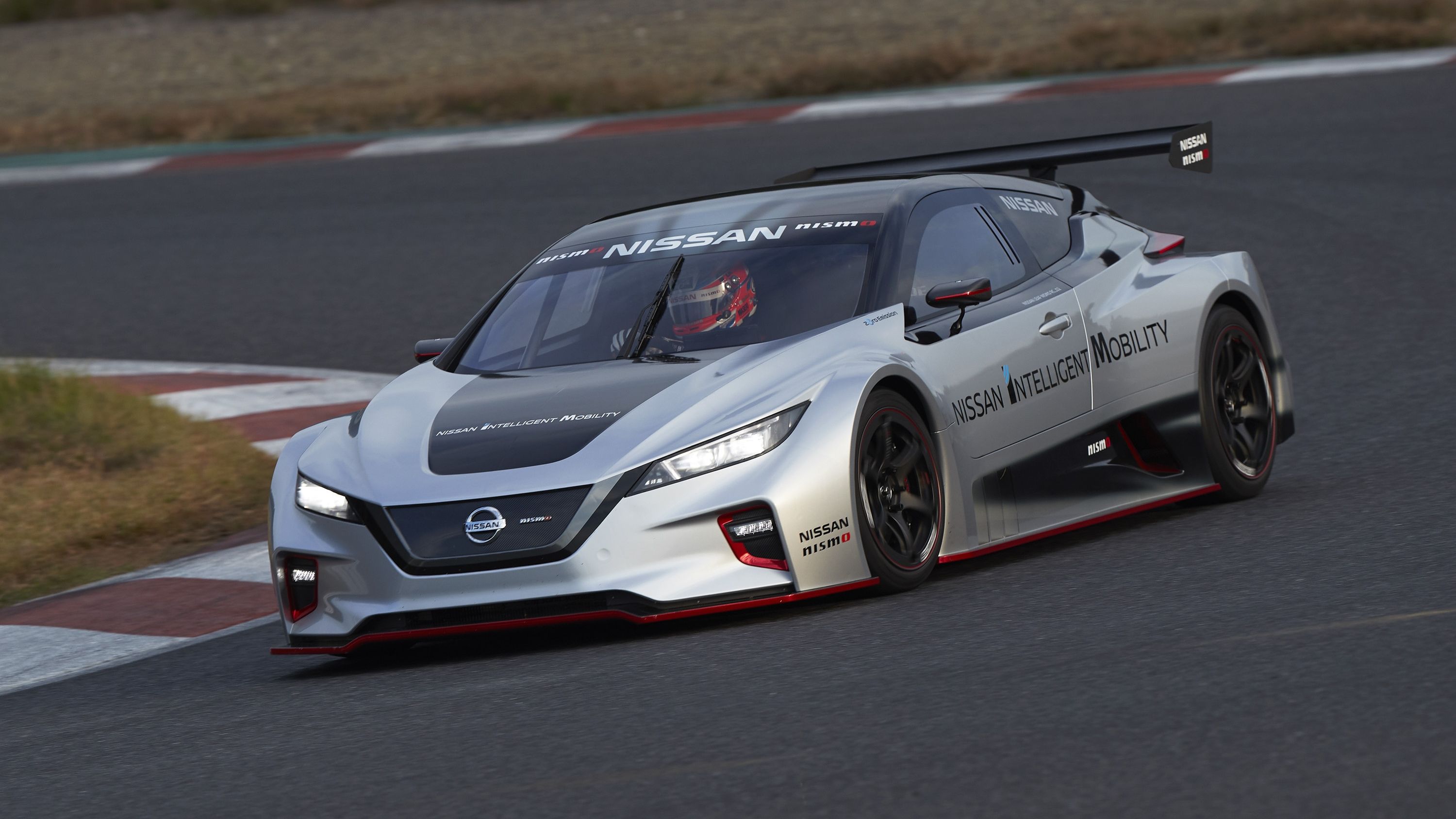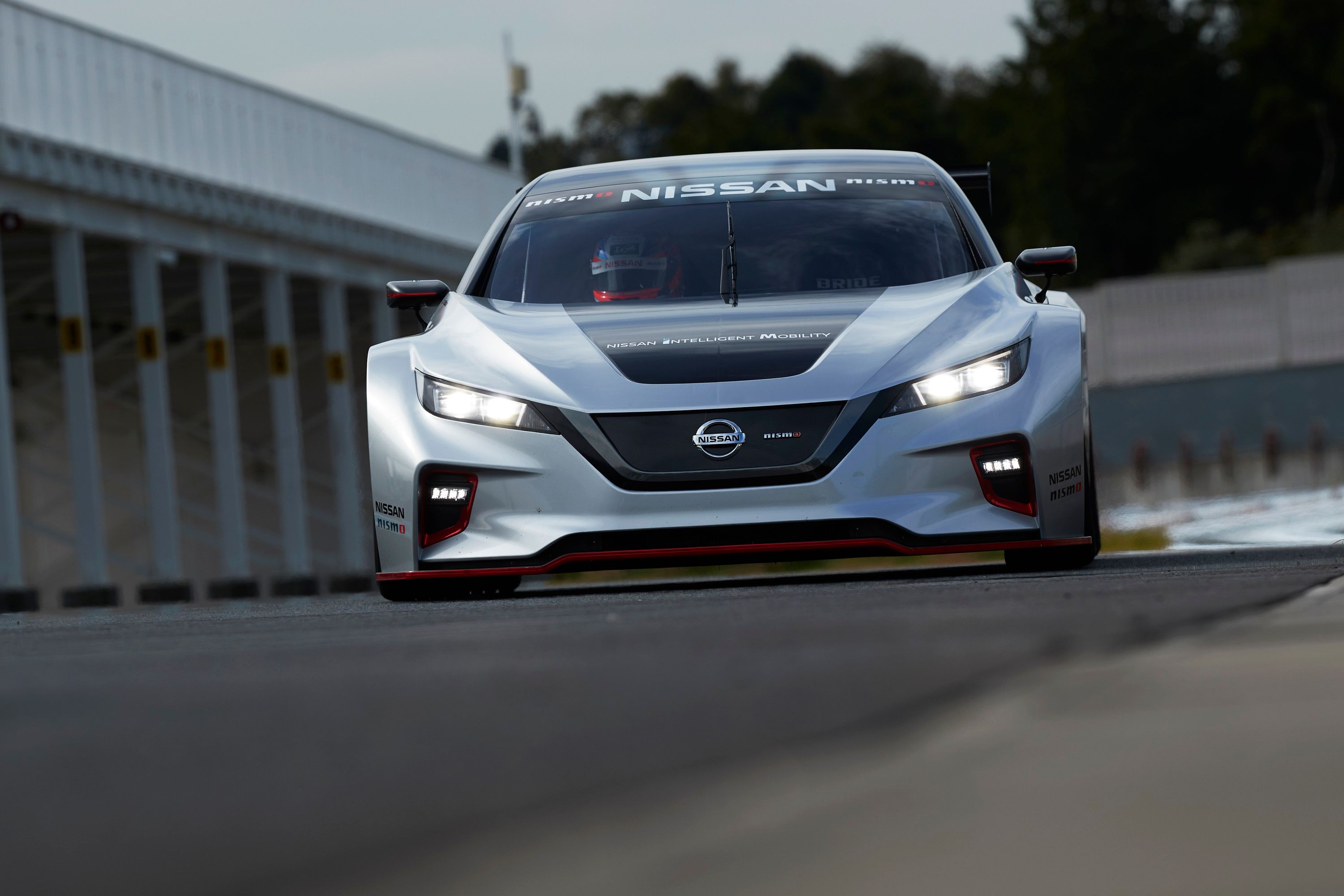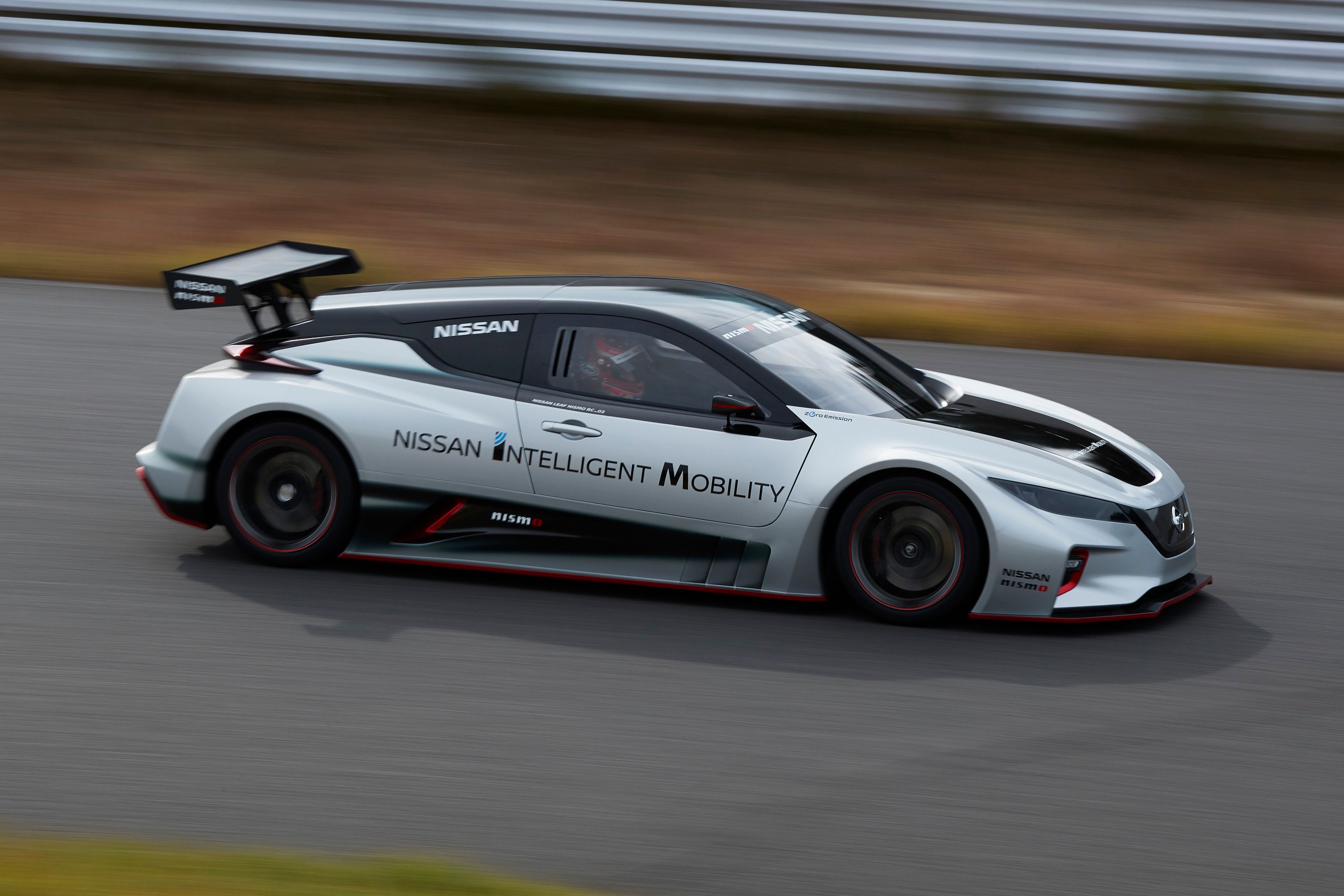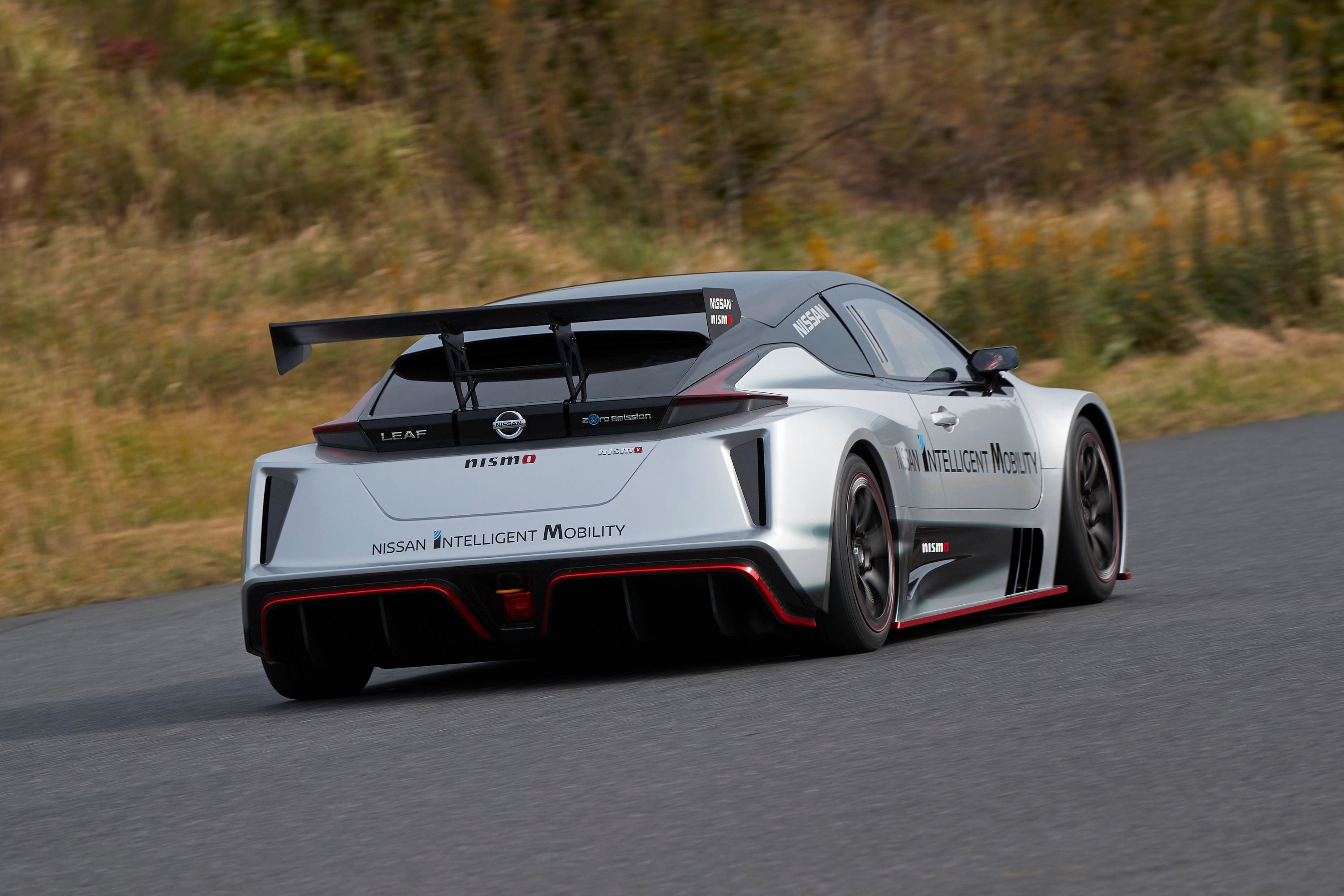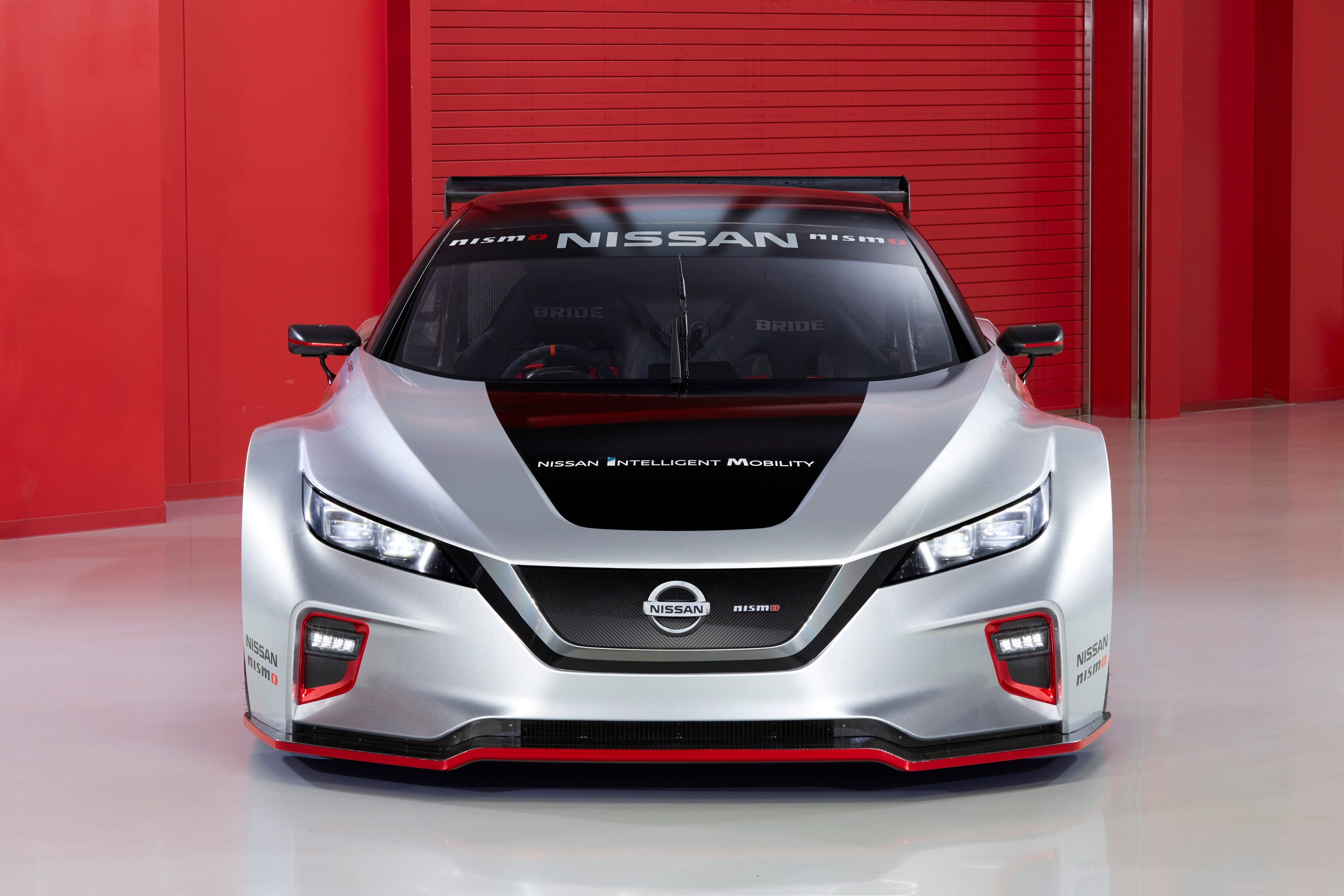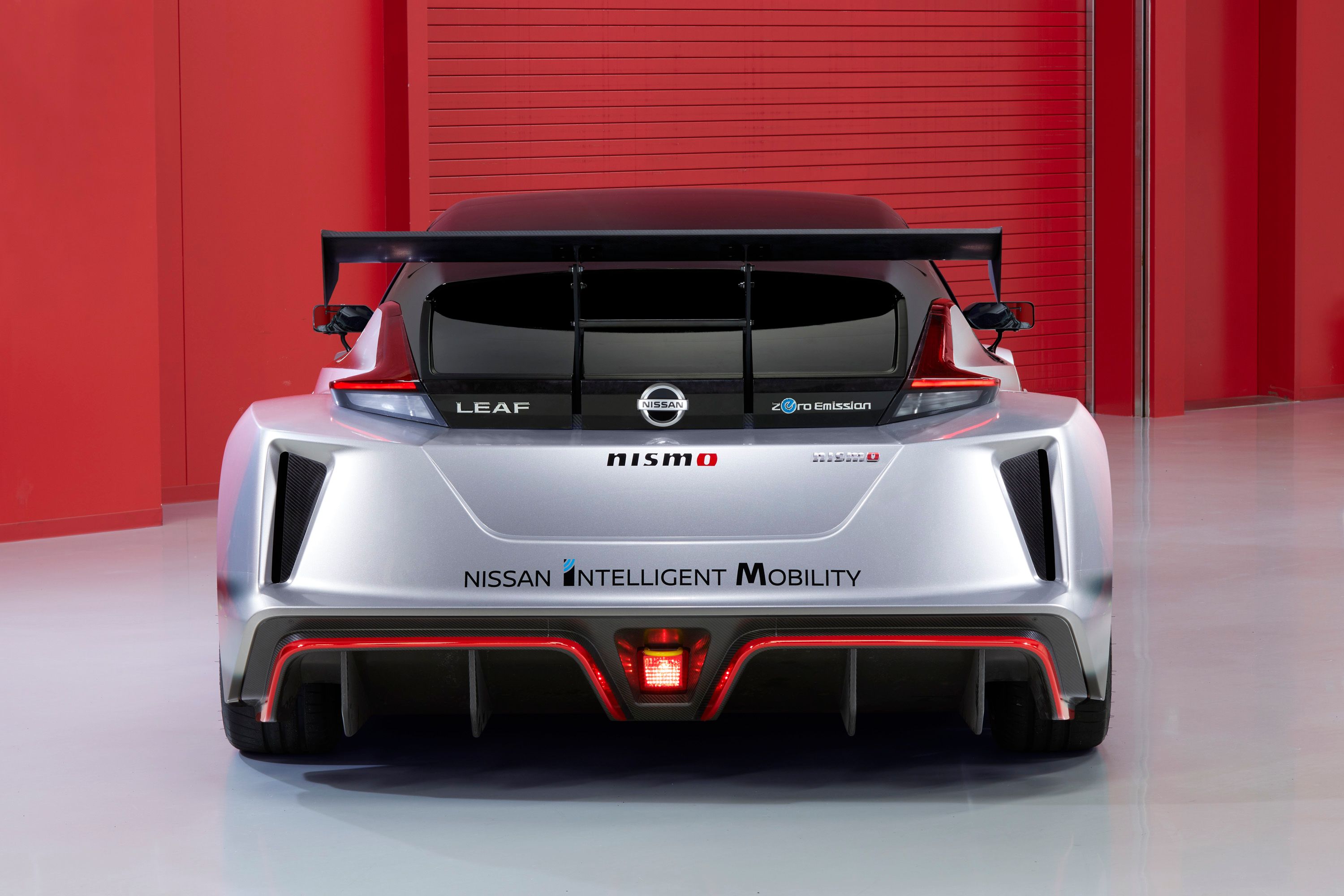The transition into electrification and the sheer speed in which that transition has escalated has called the future of high-performance names into question. When it all started, we all wondered what would happen to names like AMG, BMW M, SRT, and Nismo, among many others. AMG, for example, has fully embraced electrification as part of its future business model and Dodge’s SRT brand will soon have its hands in an “electric muscle car.” What about Nismo, though? The Nissan Leaf EV has been around for a while, but the brand hasn’t exactly dived headfirst into electrification. So, does Nismo have a future?
Nissan Nismo – The Electric Performance Brand of the Future?
When it comes to the Nismo name, it’s always been a bit of an asset and has always represented the pinnacle of performance from Nissan. The Nissan 370Z Nismo and the GT-R Nismo are prime examples of this. Those models rely heavily on an internal combustion engine, and while Nismo’s business isn’t just engine tuning, it’s a prime part of what makes a Nismo a Nismo. The good news is that this won’t change as Nissan shifts its core operations to full-scale electrification.
If you won’t take it from me, then perhaps the fact that this news comes straight from Nissan’s Chairman of Europe, Guillaume Cartier, in an interview with Top Gear.
What’s even more interesting is that Nismo won’t be changing the way it tunes cars any more than necessary. The main upgrades will be made to the powertrain and suspension, though it’s still unclear how future Nismo models will benefit from powertrain upgrades. It could be something as simple as shunting more power to the electric motors for more power output (in fairness, this is an oversimplification) or Nismo models could feature additional or even upgraded electric motors that are different from the models they are based on. The hard part will be to mitigate the negative effects to range in an era where usable battery capacity and space for battery packaging come at an extreme premium.
What we can tell you, though, is that however Nissan does it, future electric Nismo models are going to be done right. Cartier said it like this, “The point is, it’s not a gimmick. To use an English expression, it’s not lipstick on a pig. So that requires some investment to make sure that you bring performance.”
It’s actually quite funny that Carier mentioned the lipstick on a pig analogy, considering the Nismo name has been associated with such a move in the past. There have been various Lead Nismo track cars, with the latest being a fine representation of the Nismo name. The 2019 Nissan Leaf Nismo RC (pictured in this article) had two electric motors that were good for 322 horsepower and 472 pound-feet of torque. Thanks to a fairly light – especially for an EV – curb weight of 2,690 pounds, this is probably the fastest Leaf in the world with a sprint to 62 mph coming in just 3.4 seconds. So where’s the lipstick on a pig come in?
In the same year, the most recent version of the Leaf Nismo RC was launched, Nissan launched a Leaf Nismo road car. This no-so-beastly Nismo came courtesy with a few modifications, but the end result was limited to more responsive acceleration. The powertrain delivered the same 147 horsepower and 236 pound-feet of torque, with a 60-mph sprint coming in 7.5 seconds. If you didn’t even know this car existed, this is probably why – it was the definition of putting lipstick on a pig. Fortunately, the aforementioned Leaf Nismo RC proved that Nismo can do some serious work with EVs and it’s unlikely another Leaf Nismo road car with subpar performance will ever happen again.
Solid State Batteries Will Save the Day
Nissan has been looking at building an all-electric sports car, with the brand’s Senior VP Chief Planning Officer for the AMIEO region suggesting that it would be powered by the brand’s future solid-state battery technology. However, Nissan’s SSB technology is still in its infancy stages, with a single prototype built and production not scheduled to happen until 2028. Such a car is also not on the top of Nissan’s priority list because, as you know, it’s not cars – and especially not sports cars – that bring profits these days, it’s SUVs.
Nissan will continue to expand into the electric space, though. Starting in 2023, the brand will only launch electrified vehicles in Europe (hybrids and PHEVs), with 2026 being the year that will see 75-percent of the brand’s Euro sales being electrified. By 2025, Nissan’s Canton Vehicle Assembly Plant in Mississippi will begin building two new EVs for the U.S. market, one of which will wear a Nissan badge and the other an Infiniti badge. The batteries for these models will also come from the same factory. As for the first true road-going electric Nismo, we’re guessing it won’t happen until Nissan’s solid-state battery technology is in production as that technology will alleviate some of the challenges that Nismo faces with building electric cars.

